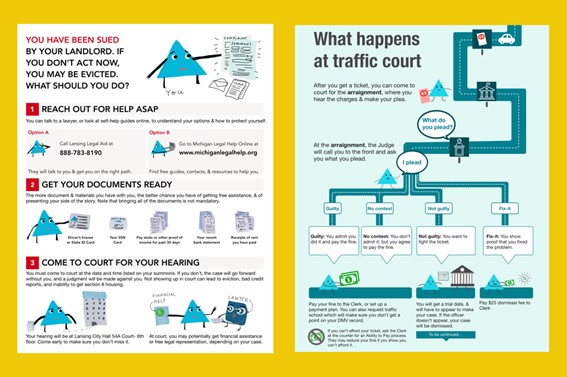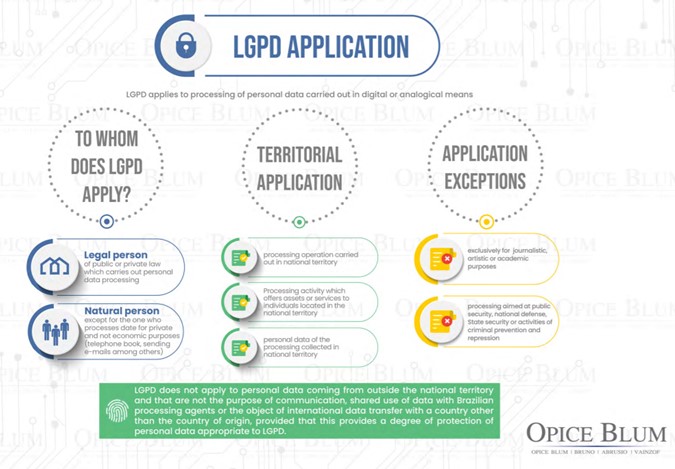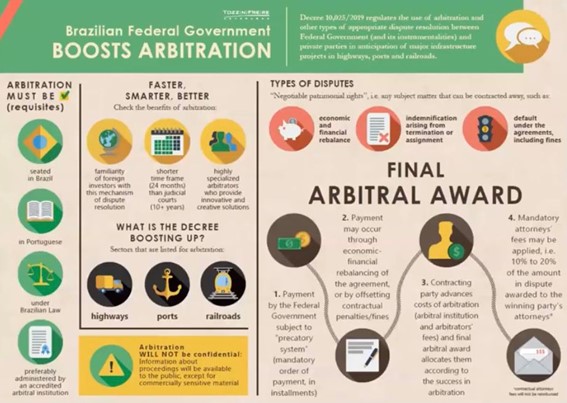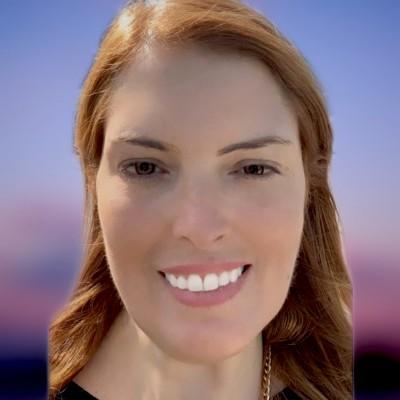The legal area is constantly reinventing itself: Use of social media, Legal Design and Visual Law
---
Law does not necessarily need to be formal, complex, dense and restricted to a single way of working. There is a huge demand for ease, publicity and engagement
The imposition that digitalization brought to activities that were essentially analog and that did not depend on technology changed the legal area a lot. In the case of Brazil and other countries where the procedural process has become digital, lawyers are modernizing rather quickly.
The need for knowledge remains, but the Law has not only adapted to data protection, privacy, compliance and ESG (Environmental, social and corporate governance) laws, among others, but also to the tools that facilitate communication with its customers.
It is currently observed that some trends aim at democratizing access to qualified and reliable information. The intention is that the population outside the legal universe can understand matters that involve it.
A classic example is the massive presence of lawyers with hybrid profiles (with a mixture of personal and professional life) on social networks such as Instagram and Facebook, and not just on LinkedIn, as would be most expected.
In simple and agile language, especially coming from the young law firm, it is possible to follow the daily life of the profession, legal tips, demystify what happens in the courts, career challenges and follow the lawyers' vacations and leisure.
Another tool that has been gaining space and publicity is Visual Law or Legal Design. The adoption of the concept of both changes depending on geography. Just to make it easier to understand, the important thing here is to establish that the laws or legal guidelines, in this case, are “translated” to a more simplified language and inserted in infographics, flowcharts or with texts together with graphic elements. The perfect marriage between Law and Design.
 Source: Stanford Law School
Source: Stanford Law School
In a quick search on the internet, it is easy to find several books or e-books that deal with the subject, starting with the free book by professor Margaret Hagan from Stanford University, in the United States, who is the director of The Legal Design Lab at the institution.
Hagan fostered the theme and is one of the most remembered people when it comes to Legal Design.
Another interesting e-book is the following.
An interesting application is its use in the area of contracts. Most contracts are concluded between people who do not have any legal knowledge, but are usually made by lawyers.
By using tools that facilitate understanding, the parties can enter into contracts without unfair terms being ignored or design so that the layperson does not need to hire another lawyer to approve before signing.
The law firm Opice Blum, Bruno and Vainzof Advogados Associados, for example, created a confidentiality agreement for the website of the Brazilian brewer Skol, one of its clients. The document has fun graphics and has an informal language, reaching the consuming public. All possible thanks to the mix of legal technique, marketing and design.
Opice Blum is an office focused on Digital Law and, as a reference on the subject, it is always one step ahead with regard to innovations in the legal field.
Renato Opice Blum, chairman of the firm, is perhaps the description of what a lawyer can achieve when he has a solid career. In addition to being considered one of the best lawyers in Brazil, he is always in the media, shares part of his routine on social media, is accessible and generates quality content. One of the characteristics that draws the most attention is his charisma and the ease with which he moves in the legal and communication areas. In the containment phase of the pandemic, for example, Renato held weekly lives with important guests and had a considerable audience on Instagram.
It is possible to find several interesting and illustrative materials on the firm's website, which corroborates the idea that it is possible to do quality advocacy, generate content and be a brand with a lot of added value without losing credibility.
 Source: Opice Blum
Source: Opice Blum
In practical terms, the use of tools that make people's lives easier and make laws more understandable benefits everyone.
It's not so simple to hold people's attention in a world full of information. The human being is essentially visual and many people are not even used to the practice of reading. Therefore, giving up available resources is very advantageous and effective.
None of this makes the challenge for lawyers simpler, but if we think about the final public that is not always in the area, there is an excellent market to be explored. The lawyer is given the ability to position himself efficiently.
Another practical example of use is the preparation of booklets for company employees to understand issues such as compliance, data protection or work safety.
Teaching intuitively and lightly can have a more assertive educational effect.
There are other renowned firms such as Tozzini Freire Advogados, for example, that hire graphic designers for the Visual Law area and smaller offices where the lawyer himself uses platforms such as Canva to generate content and create simple documents.
Tozzini promotes workshops on the subject for its legal staff and encourages the use of Visual Law.
 Source: Tozzini Freire Advogados
Source: Tozzini Freire Advogados
There are indications that new skills will be required of lawyers in the not-too-distant future, such as knowledge in semiotics (study of the construction of meaning, the study of the sign process and the meaning of communication), color theory, synthesis capacity, in other words, proficiency in communication.
The ifood (Brazilian startup that connects restaurants to consumers and manages food delivery) uses Visual Law and has recently opened vacancies for lawyers who have this differential, which opens up new interesting possibilities.
There is no doubt that legal practices demand a lot of knowledge and responsibility, however it is always important to be aware that there is no mistake in adopting new procedures as long as there is the correct foundation. People not only can but must make different and aggregate choices.
Law does not necessarily need to be formal, complex, dense and restricted to a single way of working. There is a huge demand for ease, publicity and engagement.
There are many lectures and courses intended to promote and train people capable of working with these new techniques, in addition to increasing the demand for graphic designers. The important thing is that the market has space, there is demand and knowledge is never too much.
Related links
Main menu



